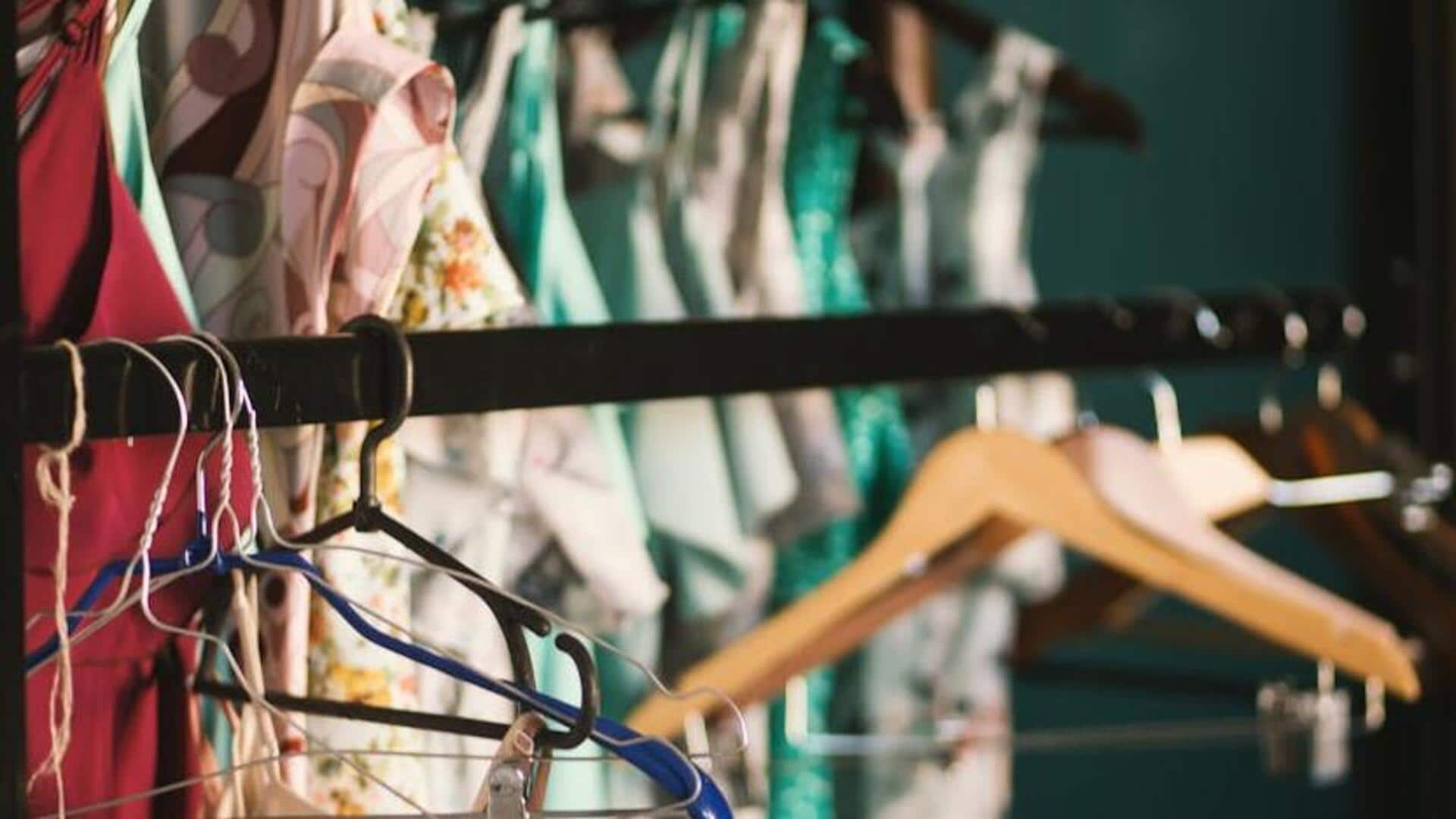
Embrace upcycling for a sustainable closet
What's the story
In an era where sustainability is not just a choice but a necessity, the fashion industry is undergoing a transformation.
The concept of a zero-waste wardrobe is gaining traction as consumers become more environmentally conscious.
This article delves into the world of fashionable upcycling, offering practical techniques to revamp your wardrobe without contributing to the growing problem of textile waste.
Background
The upcycling movement
The fashion industry ranks among the top global polluters, annually contributing vast amounts of textile waste to landfills.
Upcycling, the process of transforming old or discarded materials into new, useful items, offers an eco-friendly solution to this issue.
It allows garments to enjoy a second life, significantly reducing waste and encouraging creativity.
This approach not only conserves resources but also inspires innovative fashion practices.
Key concept
Fashionable upcycling techniques
Upcycling ranges from simple projects like turning old scarves into vibrant tote bags to more complex endeavors such as deconstructing various garments to craft a unique piece of clothing.
The essential shift in perspective involves seeing existing pieces not merely for their current state but for the potential they hold.
This change in mindset is vital for adopting sustainable fashion practices effectively.
Tip 1
DIY wardrobe makeovers
Begin by organizing your clothes by material and wear level.
A lightly worn cotton shirt can be revived through dyeing or bleaching for a new look.
For items beyond minor repair, consider transforming them into patches to enhance other pieces or turning them into accessories like headbands or belts.
This approach not only refreshes your wardrobe but also promotes sustainability by repurposing materials creatively.
Tip 2
Creative stitching solutions
Acquiring basic sewing skills can significantly extend the life of your wardrobe.
By learning to alter ill-fitting clothes, you can shorten hemlines, take in sides, or creatively combine parts from different outfits to create something entirely new and unique.
This practice not only helps in reducing waste but also ensures that your garments fit perfectly and reflect your personal style more accurately.
Tip 3
Accessorize with purpose
Dismantle old jewelry to craft modern statement pieces.
Broken items have potential; single earrings can become pendants, while beads from an old necklace might enhance a DIY clutch bag.
This process not only breathes new life into forgotten accessories but also champions sustainability by repurposing materials, offering a creative way to update your collection without contributing to waste.
Tip 4
Sustainable style swaps
Organize clothing swap events with friends or in your community to extend the life cycle of garments.
This practice allows everyone to refresh their wardrobes without new purchases, aligning with both personal style and environmental sustainability.
It's a practical approach to reducing waste, fostering community engagement, and promoting a sustainable fashion cycle, making it a beneficial activity for the planet and personal style alike.